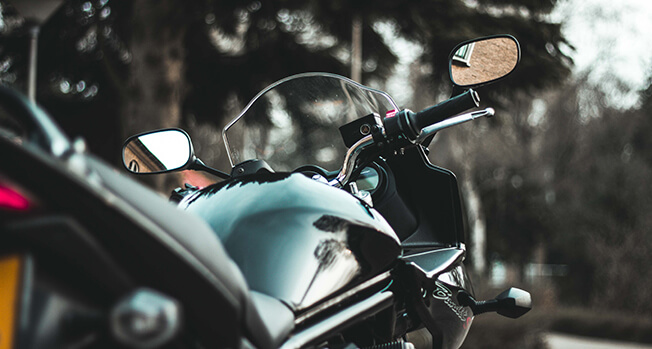California Motorcycle Laws 2019
California is one of the best states for motorcyclists, with plenty of sunny days and clear skies year-round. Unfortunately, it also has one of the highest rates of motorcycle accidents in the country. In 2016, 566 people died in motorcycle accidents in California. California was second only to Florida in terms of motorcyclist fatalities. Learning and following the state’s latest motorcycle laws in 2019 could help you prevent deadly collisions.

Licensing Rules
To lawfully operate a motorcycle in California, you must obtain a special driver’s license. The state has two different classes of motorcycle licenses: M1 and M2. A Class M1 license gives the operator the right to ride any two-wheel motorcycle as well as any Class M2 vehicle. With a Class M2 license, the operator may only ride mopeds or motorized bicycles. Receiving a motorcycle license takes a few steps.
- Apply for the license with the Department of Motor Vehicles (DMV)
- Pay the application fee
- If under 18, take a driving skills test (waived if over 18)
- Pass a vision test
- Pass an approved motorcycle basic rider course
- Pass a written test (you have three chances)
It is against the law to operate a motorcycle without a valid M1 license in California. If you moved to California with a valid motorcycle license from another state, you have 30 days after becoming a resident to obtain a state motorcycle license. You can typically bypass the driving skills test if transferring a valid motorcycle license from another state.
Helmet Laws
California has a universal (statewide) motorcycle helmet requirement. All motorcycle riders and their passengers must wear approved headgear, regardless of age. Minors and adults alike must wear helmets with the safety seal from the Department of Transportation (DOT). Look for the DOT sticker to ensure you have an approved helmet. The helmet must fit snugly on your head, with no room to shift or move upon impact. The DMV states that wearing a helmet increases your odds of surviving a head injury by three times. Failure to wear a motorcycle helmet could result in fines.
Motorcycle Passenger Laws
You may only ride a motorcycle with a passenger on board if your motorcycle has a designated seat and footrests for a passenger. Like most states, California does not impose an age requirement for motorcycle passengers. However, children must be tall enough for their feet to reach the passenger footrests. They must also wear helmets. You could face an endangerment charge if you negligently ride with a child that is too young or small to safely ride as a motorcycle passenger.
Headlamp Requirements
California requires the use of daytime running lights for motorcyclists, but only on motorcycles manufactured on or after 1978. Daytime running lights are headlights used during the day to increase a vehicle’s visibility. All motorcycles in California must possess certain headlamps and reflectors to operate in the state.
- Headlights
- Taillight
- Brake light
- Turn signals
Other equipment a motorcycle must have is front and rear brakes, tires with proper tread and air pressure, a horn, and at least one rearview mirror. If a motorcycle does not have a windshield, the operator must use some type of eye protection while riding.
Lane-Splitting Laws
California is the first and only state to drop its law prohibiting lane splitting, or operating a motorcycle between two lanes of same-direction traffic. While California does not expressly legalize lane splitting, it no longer penalizes motorcyclists for performing this maneuver. State laws are neutral on the subject. In the beginning, the DMV listed a few guidelines for lane splitting but later removed them due to a lack of formal lawmaking. Now, the DMV simply recommends that motorcyclists who lane split do so safely and at reasonable speeds.
If you or a loved one was injured while riding your motorcycle because of the negligence of someone else, contact Liljegren Law Group for a free case evaluation. Our San Diego Motorcycle accident lawyers will fight for a fair compensation.

